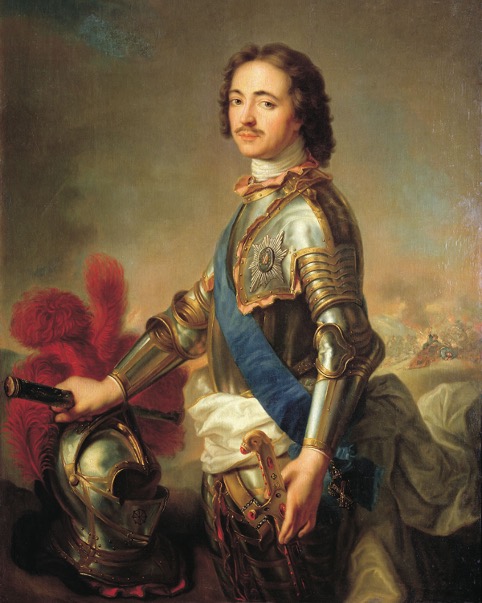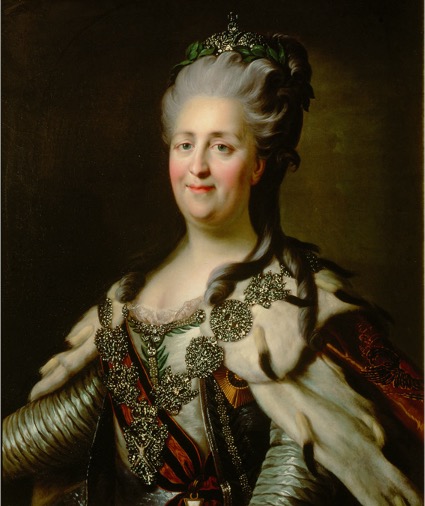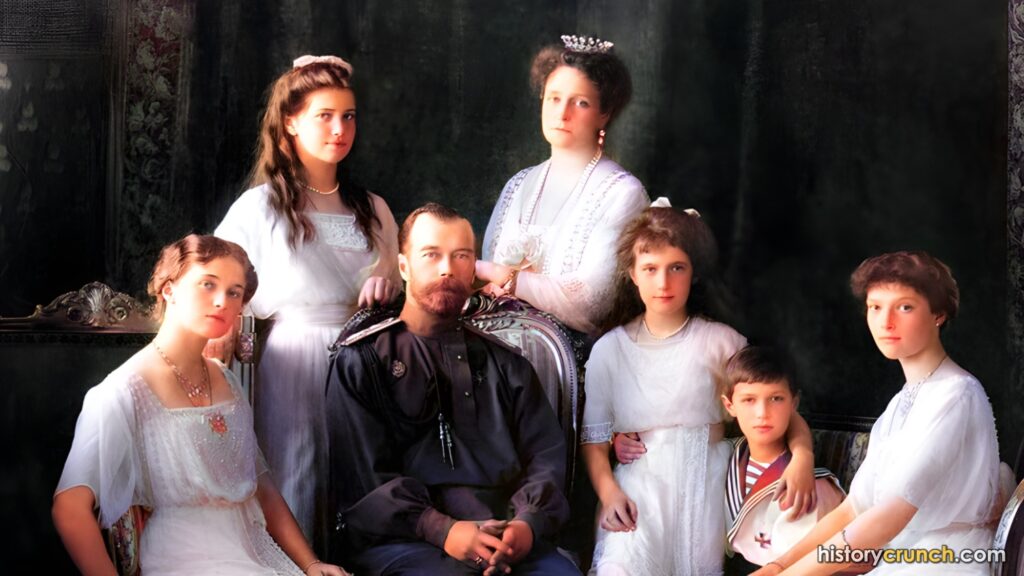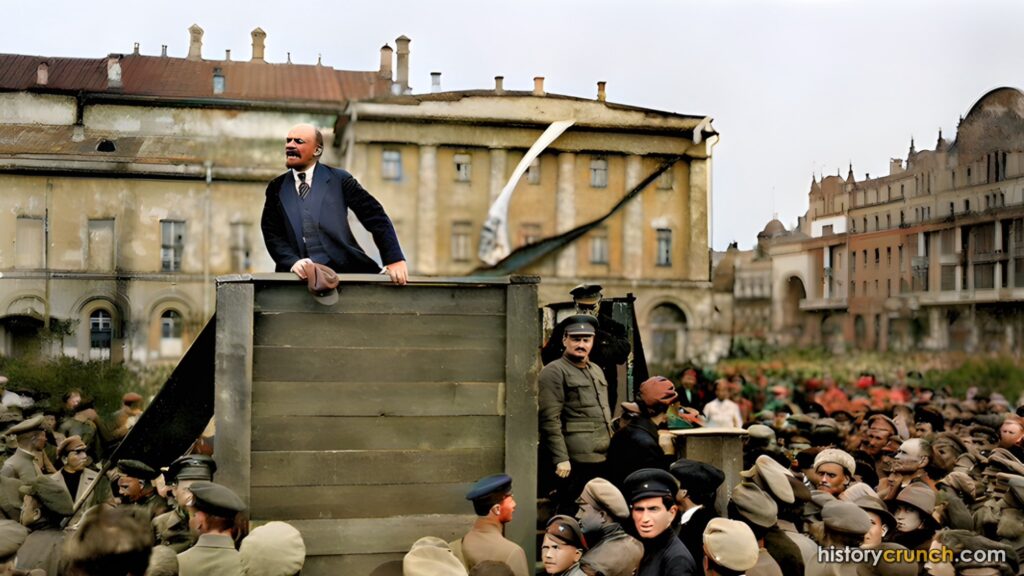The history of Tsarist Russia spans several centuries and is characterized by the rule of the Romanov dynasty, a powerful autocracy, which is a system of government by one person with absolute power. As well, Russia during this time was marked by social inequality. This article provides a comprehensive summary of the history of Tsarist Russia, highlighting key periods, rulers, and developments that shaped this important era.
Rise of Romanov Dynasty
The Romanov dynasty was a ruling dynasty that held the throne of Russia from 1613 to 1917. It is one of the most prominent and enduring dynasties in European history. The Romanovs played a crucial role in shaping Russia’s political, social, and cultural landscape.
As stated above, the Romanov dynasty ascended to power in 1613. The first Romanov tsar was Michael I, and his rule marked the beginning of a dynasty that would endure for over three centuries. The Romanovs governed Russia until the abdication of Nicholas II in 1917 during the events of the Russian Revolution.
Peter the Great and Westernization (1682-1725)
Tsar Peter I, known as Peter the Great, embarked on a transformative reign aimed at modernizing Russia. He implemented sweeping reforms, including the establishment of a new capital, St. Petersburg, and efforts to westernize Russian culture, technology, and administration. His rule laid the groundwork for Russia’s emergence as a major European power.

Expansion and the Reign of Catherine the Great (1762-1796)
Catherine II, or Catherine the Great, presided over a period of territorial expansion and cultural flourishing. Russia acquired significant territories in the Black Sea region, the Crimea, and parts of Eastern Europe. Furthermore, she supported the arts and literature, contributing to the cultural development of the Russian Empire. She reigned as Empress of Russia from 1762 until her death in 1796 and played a pivotal role in the political, cultural, and territorial development of Russia during the 18th century.

Decembrist Uprising and Social Unrest (1825)
The Decembrist Uprising of 1825, led by a group of military officers advocating for constitutional reforms, reflected growing dissatisfaction with the autocratic rule of the tsarist system. The rebellion was suppressed, but it highlighted the simmering discontent and desire for political change within Russian society. This anger and frustration continued to grow over the next century until it finally boiled over with the events of the Russian Revolution in 1917.
Emancipation of the Serfs (1861)
One of the most significant events of Tsarist Russia in the 19th century was the reforms of Tsar Alexander II, which led to the emancipation of the serfs in 1861. This historic act abolished serfdom, granting former serfs personal freedoms and the ability to own property. However, the reform fell short of providing them with significant land, leading to ongoing social and economic challenges. Again, the issues around social and economic equality in Russia continued to be an ever-present and important theme throughout this time.
Industrialization and Social Change (Late 19th Century)
The late 19th century witnessed significant industrialization in Russia, accompanied by social and economic transformations. However, rapid urbanization and the growth of the working class brought new challenges and tensions to Tsarist society. For instance, growing anger towards the tsarist system was beginning to gain real traction at this point, which set the stage for the Russian Revolution in 1917.
The Russian Revolution and the February Revolution (1917)
Russia’s involvement in World War I strained its resources and increased social and economic problems for the country. In fact, Tsar Nicholas II’s mishandling of Russia in World War I led to a great deal of unrest among the Russian population and was a direct cause of the Russian Revolution in 1917. In fact, the February Revolution of 1917, triggered by food shortages, military failures, and popular discontent, ultimately led to the abdication of Nicholas II and the establishment of a Provisional Government.

The October Revolution and the End of Tsarist Rule (1917)
The Bolsheviks, led by Vladimir Lenin, seized power in the October Revolution of 1917, which was part of the larger Russian Revolution of 1917. The October Revolution was decidedly more violent that the earlier February Revolution and effectively ended the centuries-old rule of the Romanov dynasty. The tsarist-system of Russia was over and replaced by the establishment of Soviet rule. With this development, Russia has become the first communist state in the world.


